Association Rules After Expiration of the Governor’s State of Emergency Order for COVID-19
By the time you read this article, the governor’s declared state of emergency as related to the coronavirus may have reached an end. If not, well, hopefully it will soon enough due to significant diminution of the coronavirus. What then? What happens to the rules adopted by an association in an effort to combat the coronavirus? Can an association turn away guests of residents? Can the number of people allowed to use the amenities, such as the pool, be limited? Just how far can the board go in its efforts to create reasonable rules?
The emergency powers set out in §720.316 of the Homeowners’ Association Act, §718.1265 of the Condominium Act, and §719.128 of the Cooperative Act begin essentially the same. They each begin with the following phrase:
To the extent allowed by law and unless specifically prohibited by the declaration or other recorded document [or declaration of condominium, its articles or bylaws or cooperative documents, as the case may be], the articles, or the bylaws of an association, and consistent with the provisions of s. 617.0830, the board of administration, in response to damage caused by an event for which a state of emergency is declared pursuant to s. 252.36 in the locale in which the association [or condominium or cooperative as the case may be] is located, may, but is not required to, exercise the following powers:…
In addition, they each end essentially the same, too, as follows:
The special powers authorized under subsection (1) shall be limited to that time reasonably necessary to protect the health, safety, and welfare of the association and the unit owners and the unit owners’ family members, tenants, guests, agents, or invitees and shall be reasonably necessary to mitigate further damage and make emergency repairs.
Therefore, the emergency power legislation contemplates use of the emergency powers in response to damage caused by an event for which a state of emergency has been declared by the governor and for a reasonable amount of time after the state of emergency is over, as necessary. But, as related to the coronavirus, can the emergency powers still be relied upon at the conclusion of the governor’s declared state of emergency? It is undisputable that the emergency power legislation was drafted in response to hurricanes, where actual damage to buildings and other property occurred, and not for the epidemic of an unexpected deadly virus. But, at least this ever-important legislation lent its applicability to the coronavirus situation and was relied upon by boards and lawyers alike to allow association board members to approve rules in an effort to contain the coronavirus. In response to the virus, some association boards restricted realtor showings and construction work, limited or even prevented guests, and the list goes on and on. Often these rules were adopted with limited notice to the members, sometimes outside of properly noticed meetings (which, depending on the situation may have been, was permitted at the time pursuant to the statutory emergency powers, which still require providing reasonable notice under the circumstances). The further in time we are from the end of the declared state of emergency, the less the emergency powers legislation can be relied upon…most especially because they were drafted with a different type of emergency in mind.
Therefore, in order to ensure your community’s, by now likely revised and lessened, coronavirus rules and regulations remain valid and enforceable, it is important to review the basics. Board members have a fiduciary duty to their association members. That duty supports board-promulgated rules that promote the health, happiness, and peace of mind of the majority of the members. Thus, rules can be adopted for different reasons. At times, a rule may be necessary under the circumstances. For example, say the local health department issues a special bulletin regarding a significant rise in coronavirus within a very limited geographic region in which an association has membership consisting of aged members. Likely, that association may reasonably adopt more stringent rules than an association located in an area with very few cases.
Clearly, if an association is going to restrict vendor and guest access or the rights of the members to use amenities that they otherwise have a lawful right to use, then the board better be able to create the necessary nexus between the situation at hand and rule at issue.
Rules Must Be Reasonable
In Hidden Harbour Estates v. Norman, 309 So. 2d 180 (Fla 4th DCA 1975), unit owners challenged a board-adopted rule prohibiting the use of alcoholic beverages in certain areas of the common elements of the condominium. The trial court found the rule invalid, holding that rules must have some reasonable relationship to the protection of life, property, or the general welfare of the residents of the condominium to be valid and enforceable. The Fourth District Court of Appeal, however, held that the rule was valid because the rule was reasonable. The Court explained that there is a principle “inherent to the condominium concept” that each unit owner must give up a certain degree of freedom in a condominium in order to promote the health, happiness, and peace of mind of the majority of unit owners. The Court concluded that the test for the validity of a rule is reasonableness. An association is not permitted to adopt arbitrary or capricious rules that do not relate to the health, happiness, and enjoyment of the unit owners. However, if a rule is reasonable, the association is permitted to adopt it.
Rule Validity
In Hidden Harbour Estates v. Basso, 393 So. 2d 637 (Fla 4th DCA 1981), the association sought to enjoin unit owners from maintaining a shallow well on their property. The Fourth District Court of Appeal noted that there are two categories of use restrictions: (i) use restrictions set out in the declaration of condominium and (ii) rules adopted by the board or the refusal of the board to allow a certain use when the board has the authority to grant or deny such use. The Court concluded that use restrictions set out in the declaration are “clothed with a very strong presumption of validity” because unit owners purchase their unit knowing of and accepting the restrictions to be imposed. However, rules adopted by the board do not enjoy the strong presumption of validity and must be “reasonably related to the promotion of the health, happiness, and peace of mind of the unit owners.” In this case, the board articulated three reasons for refusing to allow the unit owners to install a well on their property. However, the Court held that the there was no evidence to support the association’s articulated reasons for denial, and therefore the association failed to demonstrate a reasonable relationship between the denial of the application and the objectives which the association argued the denial would achieve. Because the board’s denial was not reasonable, it was held invalid.
Rules Cannot Contravene Declaration or Rights Inferable Therefrom
In Beachwood Villas Condominium v. Poor, 448 So. 2d 1143 (Fla 4th DCA 1984), unit owners challenged two rules adopted by the board of directors of the association which regulated unit rentals and the occupancy of units by guests during the owner’s absence. The trial court held that the rules were invalid because they exceeded the scope of the board’s authority. However, the Fourth District Court of Appeal reversed the trial court and held that the rules were within the scope of the board’s authority. The Court looked to the decision in Hidden Harbour v. Basso, and the two sources of use restrictions: those set out in the declaration of condominium and those adopted by the board. The Court noted that board-adopted rules are reviewed first by determining whether the board acted within the scope of its authority and second, whether the rule reflects reasoned or arbitrary and capricious decision-making.
The Court determined that a board-adopted rule that does not contravene either an express provision of the declaration or a right reasonably inferable therefrom will be found valid. In other words, if the board has the authority to adopt the rule, and the rule does not conflict with the declaration or any right reasonably inferable from the declaration, the board is acting within the scope of its authority to adopt the rule. In this case, the unit owners did not challenge the reasonableness of the rules, so the Court ended its analysis with the question of the board’s authority to adopt the rule and did not move on to the reasonableness considerations discussed in Hidden Harbor v. Basso. As the rules adopted by the board did not contravene either an express provision of the declaration or any right inferable therefrom, the Court held that the rules were within the scope of the board’s authority, and were, therefore, valid.
Remember, when the board publishes an agenda which provides rules will be considered for adoption, that if the rule governs a member’s use of their property or unit then it requires a 14-day notice to all members. The notice must also be posted conspicuously on the property 14 days in advance of the meeting. Rules affecting the common area and common elements only require the typical 48- hour board meeting notice. Of course, your community’s governing documents may also have requirements regarding rule adoption, and if so, they likely should be adhered to as well. After board adoption the rules need to be sent out to the entire community. In addition, homeowners’ association rules should be recorded in the county’s official records, too.
It is a given that as society progresses to normal, rules that were needed yesterday can become outdated today. Be sure to be in touch with your association’s lawyer regarding the continuation of any previously adopted coronavirus restrictions and any proposed new rules prior to board adoption to help ensure their continued enforceability.
 The Kaye Bender Rembaum Team Remains Available To You and Your Community Association
The Kaye Bender Rembaum Team Remains Available To You and Your Community Association
The health and safety of your Community and all residents is very important to us.
We also realize that our clients have uncertainty and concerns around the continuing operation of your Community, and our team of attorneys will remain available to all of you during these times.
Be sure to check out our very useful and informative COVID-19 section on our website, which is updated regularly, as we continue to follow developments affecting community associations. You can visit it by clicking HERE.
Tags:
Condo and HOA Laws,
Management News,
Members Articles



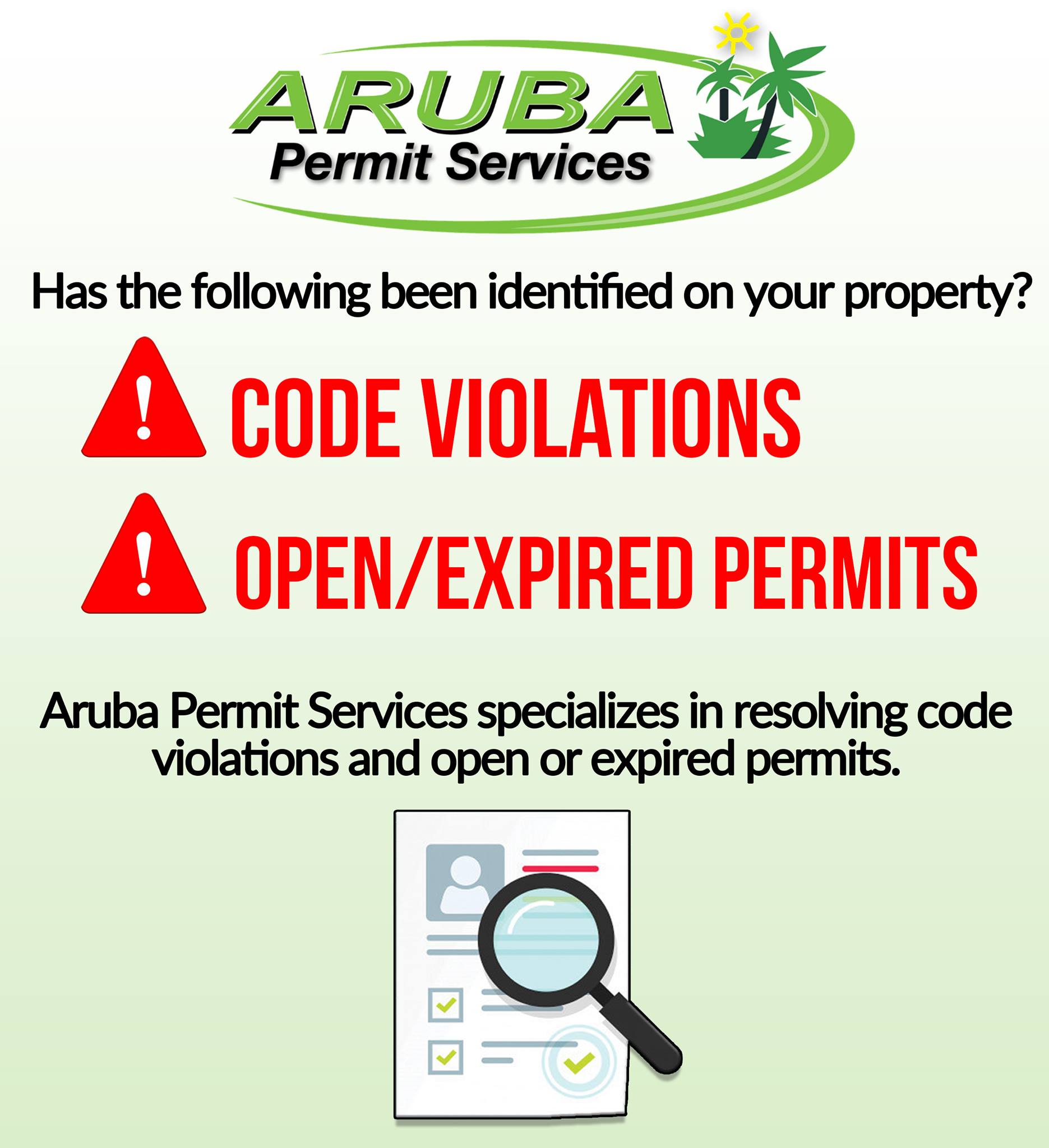


 The Kaye Bender Rembaum Team Remains Available To You and Your Community Association
The Kaye Bender Rembaum Team Remains Available To You and Your Community Association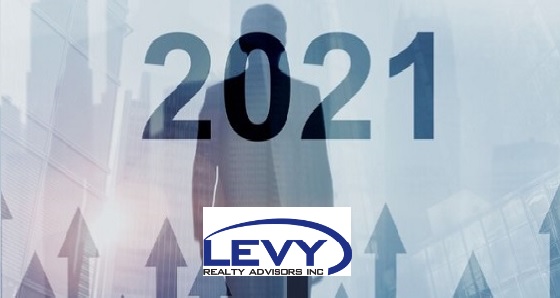



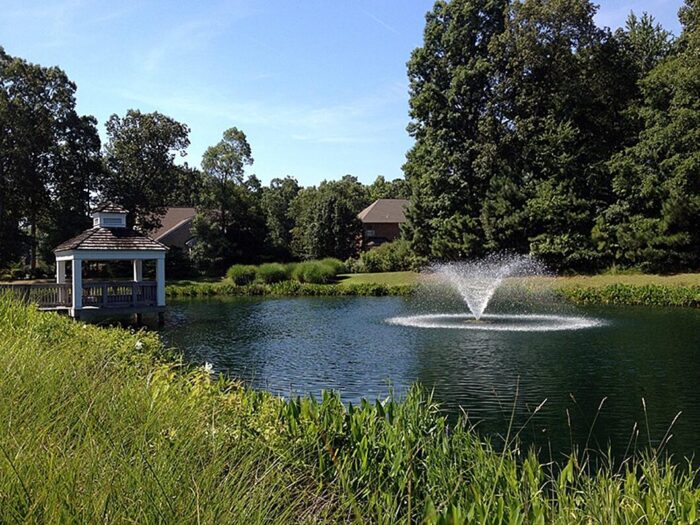



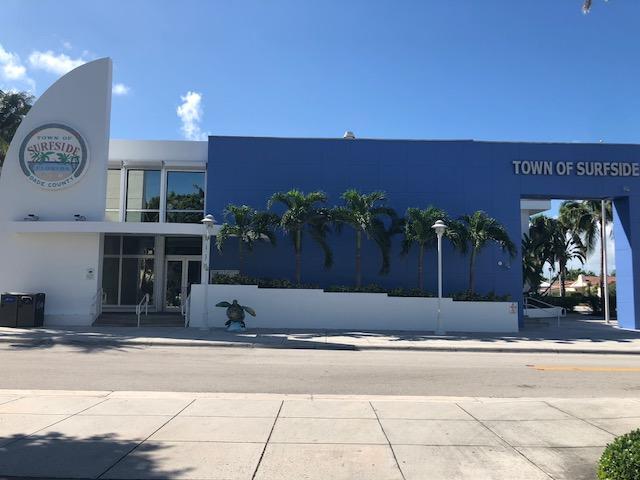



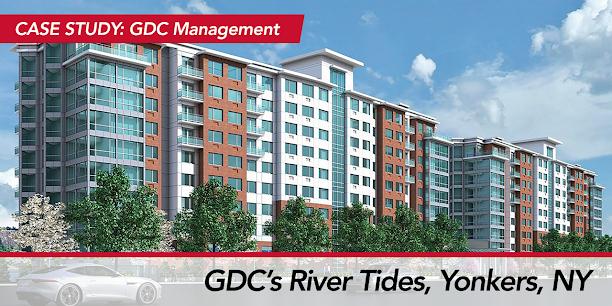
 Thank you,
Thank you,